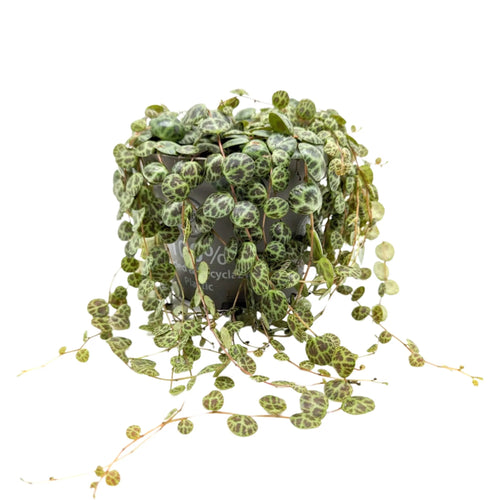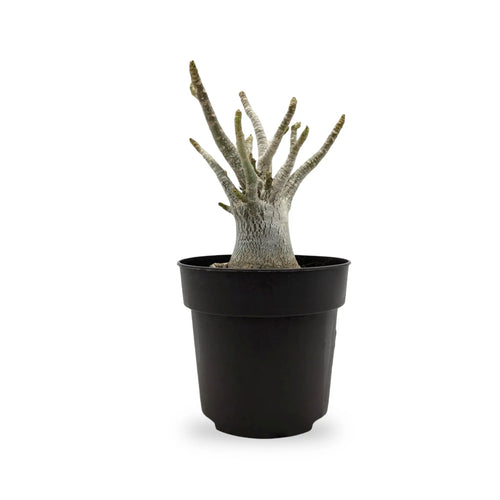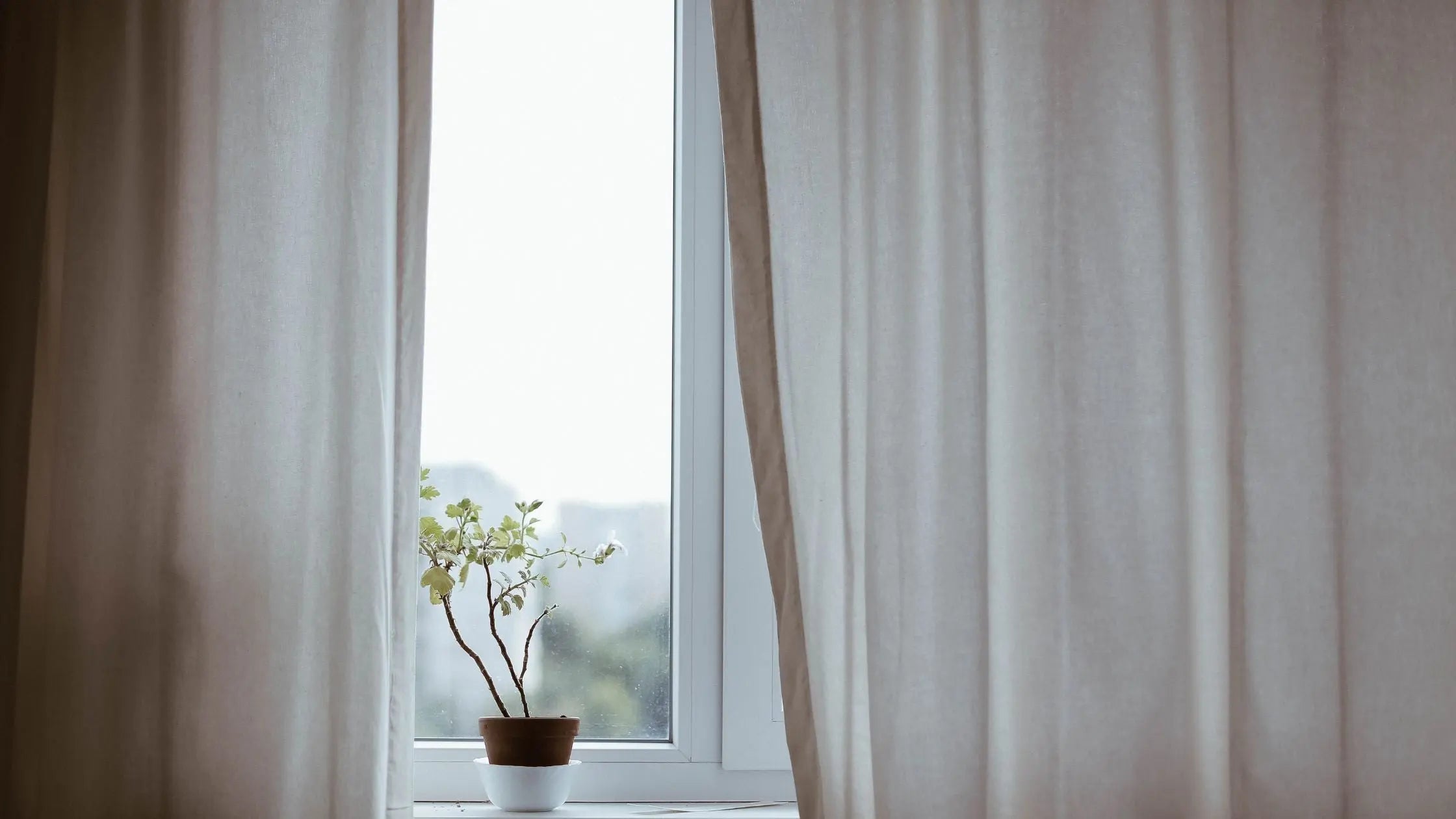Caring for houseplants goes beyond just watering and fertilizing them. One of the most overlooked yet crucial aspects of plant care is ensuring they receive adequate light. Many plant enthusiasts struggle with understanding how much light their indoor plants truly need. The common terms used to describe light levels—such as full sun, partial shade, bright indirect light, and low light—can be vague and sometimes misleading. To help houseplants thrive, it's essential to develop a deeper understanding of light intensity and how to measure it effectively.
The Role of Light in Plant Growth
Light is the primary energy source for plants, enabling them to perform photosynthesis. While humans use light primarily for vision, plants rely on it to produce food. The challenge arises from the fact that the way we perceive light differs greatly from how plants experience it. A room may seem well-lit to us, but from a plant’s perspective, it may still be starving for light.
A common misconception is that a room without direct sunlight cannot sustain plant life. However, even a shaded room with a window can provide valuable light. Instead of thinking about light in human terms, it helps to consider it from the plant’s perspective—what does the plant actually see? Understanding this can guide indoor gardeners in placing their plants in optimal locations.
Types of Light for Houseplants
To determine whether a plant is receiving adequate light, it’s useful to classify light into different types based on what a plant ‘sees.’ Here are the primary categories:
-
Direct Sunlight: The most intense form of light, where the plant has a clear, unobstructed line of sight to the sun. Cacti and succulents thrive in direct sunlight, while most foliage plants can only tolerate a few hours of it.
-
Filtered or Diffused Sunlight: Occurs when sunlight passes through a sheer curtain or tree leaves, softening its intensity. Many tropical plants prefer this type of light as it mimics their natural habitat beneath a forest canopy.
-
Reflected Light: When sunlight bounces off bright surfaces such as walls, mirrors, or floors, plants in these areas receive indirect exposure. Although not as strong as direct sunlight, reflected light still contributes to plant health.
-
Sky Light: Light that comes from a visible portion of the sky. Even if the sun itself is not directly visible, a plant can still receive valuable light by having a broad view of the sky.
Most houseplants thrive in bright indirect light, which is a combination of filtered, reflected, and sky light. Placing plants closer to windows or using sheer curtains to diffuse direct sun can help achieve the right balance.
Assessing Light Levels in Your Home
Many plant owners struggle to gauge how much light their indoor plants receive. Since human eyes automatically adjust to different brightness levels, a room may appear well-lit even if the actual light levels are too low for plants. To accurately assess light, consider the following approach:
-
Observe What the Plant ‘Sees’: Lower yourself to the plant’s level and look around. How much sky is visible? Are there any obstructions blocking light from reaching the plant? This method helps estimate light exposure.
-
Track Light Changes Throughout the Day: Light conditions vary as the sun moves across the sky. Morning light from an east-facing window is usually gentle, while afternoon light from a west-facing window can be more intense.
-
Consider Seasonal Changes: The amount of natural light in a room fluctuates with the seasons. A plant that thrives near a window in summer may need to be moved closer in winter when daylight hours are shorter.
Measuring Light Intensity
For those who want a more precise way to determine light levels, using a light meter can be beneficial. Light meters measure brightness in foot-candles, which indicate how much light reaches a specific area. Here’s how different foot-candle readings translate to plant care:
-
50–150 foot-candles: Considered low light. Only a few resilient plants, such as snake plants and pothos, can survive in these conditions. Growth may be slow, and plants may struggle over time.
-
200–800 foot-candles: Suitable for most tropical foliage plants. Light exposure in this range supports healthy growth without the risk of sunburn.
-
800–1,000 foot-candles: The upper range of bright indirect light, typically found near a sunny window with sheer curtains.
-
8,000+ foot-candles: Direct sunlight levels, ideal for succulents and cacti but too intense for most tropical houseplants.
Many smartphones now offer light meter apps, which can provide a rough estimate of light intensity. While not as accurate as dedicated light meters, these apps can still help plant owners compare light levels in different areas of their homes.
Optimizing Light for Houseplants
Once light levels are measured, adjustments can be made to optimize plant placement. Here are some strategies to ensure houseplants receive adequate light:
-
Move Plants Closer to Windows: If a plant is not thriving, shifting it closer to a natural light source can make a significant difference.
-
Use Reflective Surfaces: Positioning plants near white walls or using mirrors can help amplify available light.
-
Rotate Plants Regularly: Turning plants periodically ensures that all sides receive equal exposure, promoting even growth.
-
Supplement with Artificial Lighting: For rooms with limited natural light, grow lights can provide the necessary brightness to sustain healthy plants.
Understanding the Needs of Different Plants
Not all plants require the same amount of light. Here are some general guidelines for popular houseplants:
-
Low-Light Plants: Snake plants, ZZ plants, and pothos can survive in dim conditions but prefer brighter indirect light for optimal growth.
-
Medium-Light Plants: Peace lilies, philodendrons, and ferns thrive in bright indirect light with occasional exposure to filtered sunlight.
-
High-Light Plants: Succulents, cacti, and citrus plants need several hours of direct sunlight daily.
By carefully assessing and adjusting light conditions, indoor gardeners can create an ideal environment for their houseplants, ensuring they remain healthy and vibrant. Light is the foundation of plant growth, and with the right knowledge, anyone can provide their plants with the conditions they need to thrive.










